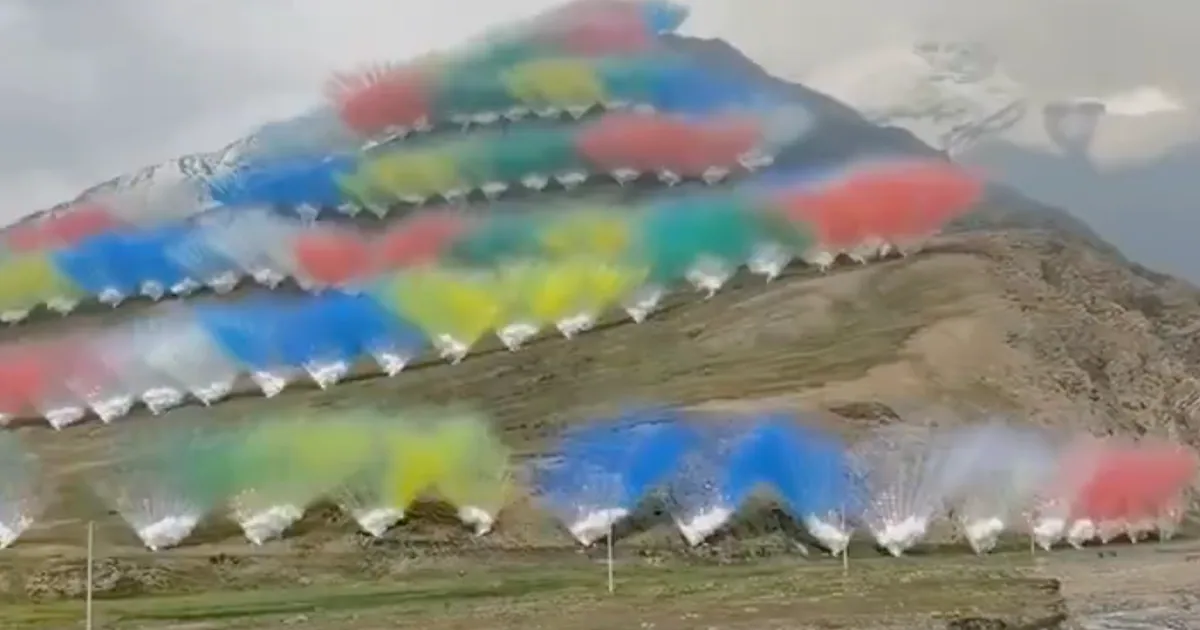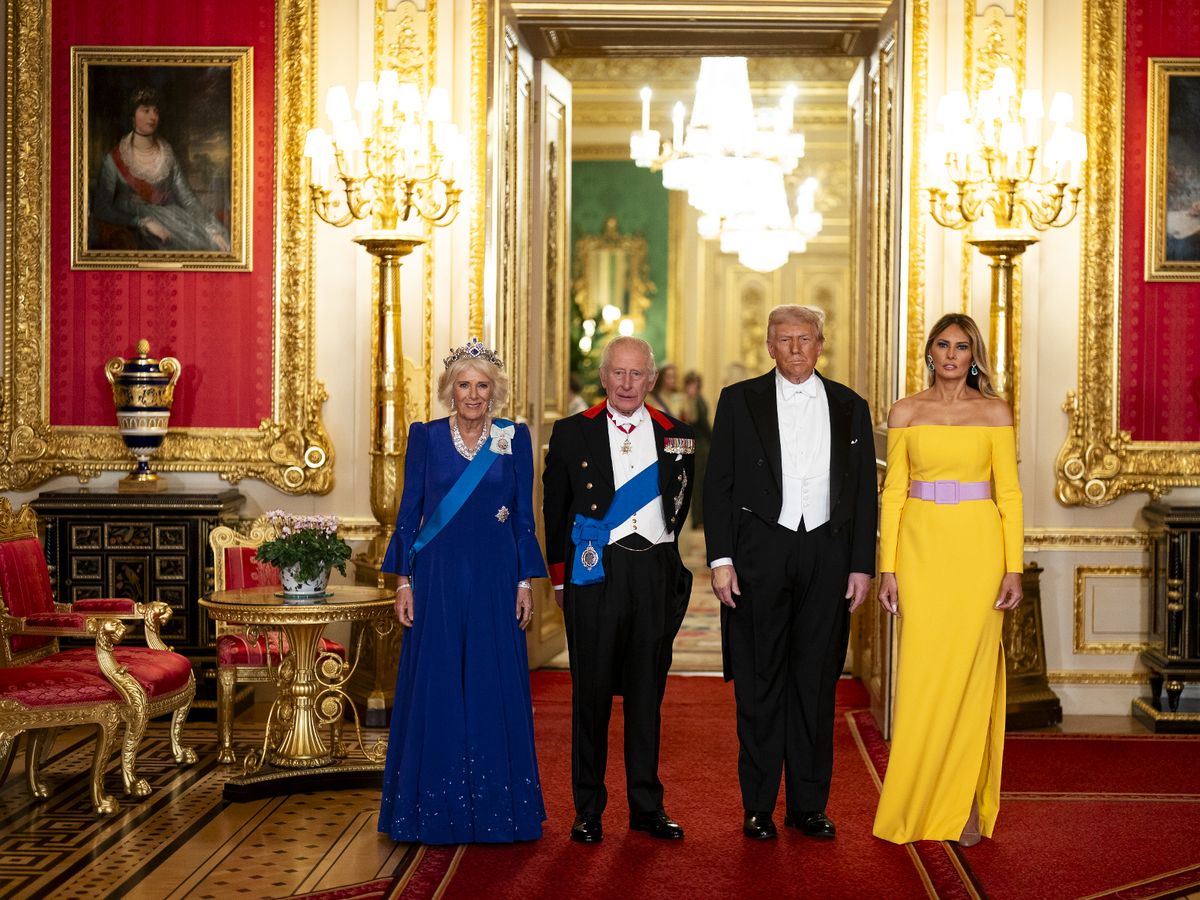
The high-altitude stunt in the Tibetan foothills of the Himalayas was intended to promote Arc’teryx and its commitment – as a mountaineering brand – to exploring nature.
But instead, the colorful fireworks display sparked a sequence of unintended events: a burst of outrage over the apparent risk it posed to the fragile Himalayan ecosystem, an environmental probe by local officials and a crash course for public relations professionals in how not to promote an outdoor brand.
Arc’teryx, which has since apologized for sponsoring the fireworks, said it organized the display Friday in collaboration with Cai Guo-Qiang, a Chinese born visual artist known for his imaginative use of pyrotechnics, in an effort to boost awareness of Indigenous mountain culture. In a zigzag along a ridgeline in Shigatse’s Gyangze County, the display showered the Tibetan mountainside in at least five colors. Video on social media showed clouds billowing along a line intended to resemble the contours of a Chinese dragon.
According to local media, the organizers said beforehand that the fireworks would use environmentally friendly materials, nearby animals would be guided away using salt bricks, and any residue would be cleaned up after.
But social media users raised their eyebrows in dismay over the potential environmental impact, with some expressing concerns for the local wildlife and vegetation.
One commentator at Xinhua, the state-run news agency, suggested the chemical remnants could “cause long-lasting and irreversible damage to the local soil, vegetation, animals, and even drinking water.” The People’s Daily, the official mouthpiece of the Chinese Communist Party, wrote in a Sunday editorial that true art should “respect nature.”
And that same day, Chinese state media reported the city of Shigatse had dispatched officials to the site to investigate whether any environmental rules and regulations had been violated.
In a Chinese-language statement Sunday, Arc’teryx said that the display had “somehow deviated and even diverged from our original intentions in the process.”
But in a separate statement the same day issued on its English-language Instagram, the brand said the event was “out of line” with its values and seemed to distance itself from the organizers. “This event was in direct opposition to our commitment to outdoor spaces,” it said. “We’re addressing this directly with the local artist involved, our team in China, and we’ll change the way we work to ensure it doesn’t happen again.”
The difference in framing between the Chinese-language and English-language statements prompted a second wave of negative online reaction in China against the company, including in state media reports.
In a statement, Cai apologized for the artwork and said that if there was any proven environmental impact, he would “spare no effort to take remedial and restorative measures” to support the local ecosystem. “We will forever stay in deep awe of Mother Nature,” he wrote.
Neither Arc’teryx nor Cai immediately responded to requests for comment Monday.
Arc’teryx, which was founded in 1989 and whose parent company was partly acquired by the Chinese company Anta in 2019, has expanded its global footprint and built itself into a juggernaut of the outdoor apparel industry in recent years. The brand lists over 100 stores in China on its website.



